#military history is social history
Explore tagged Tumblr posts
Text
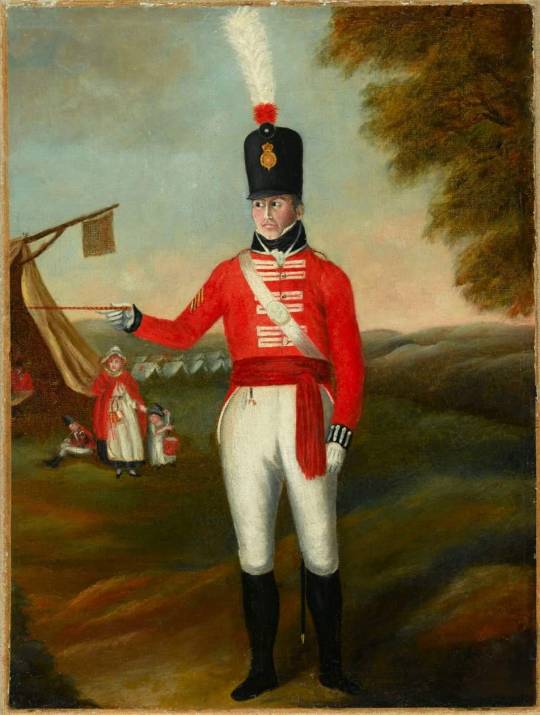
A Senior Non-Commissioned Officer, Probably a Sergeant, 2nd (or the Queen’s Royal) Regiment of Foot, by unknown artist c. 1806.
I love that this includes a woman and child in the background! The UK National Army Museum describes her as probably "a sutleress," but she looks more like a soldier's or even officer's wife. And to be fair, she might also be a washerwoman or sutler. I don't think people appreciate how many women and children were involved in Napoleonic era wars, accompanying the huge baggage train of the army.
#napoleonic wars#british army#redcoats#dressed to kill#military history#napoleonic#military history is social history#1800s#1806#military dress
18 notes
·
View notes
Text
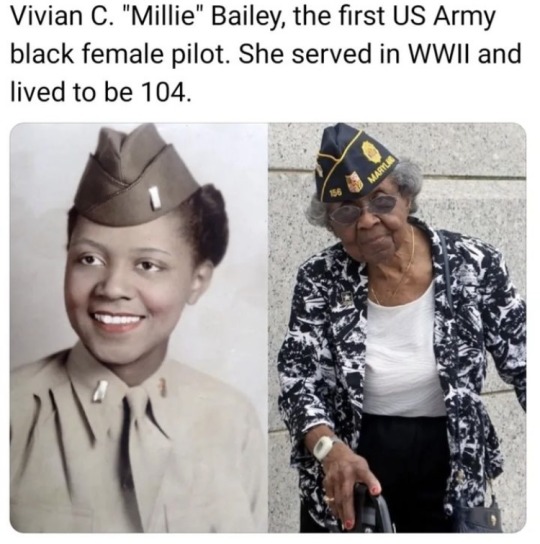
#black history#black tumblr#history tumblr#history side of tumblr#history posting#history#military#us military#us air force#black lives matter#history tag#social justice
612 notes
·
View notes
Text
I have yet to see an argument against rednote that is valid and not just the manifestation of the red scare and American exceptionalism. “But.. but the CCP is stealing your data and selling it to their government!1!” WOAH REALLY? wow, I sure am glad that I use Facebook and Instagram instead, American apps that were some of the first ever worldwide to specifically steal and sell Americans information to the us government! I Really dodged a bullet there! “But, but the CCP is commiting a genocide?!!” Yeah, and that’s horrible, reprehensible, but so is what the United States has done, multiple genocides in the past few years alone actually, Syria, Yemen, Palestine, all genocides funded and influenced if not outright carried out by the United States government. “Yeah well, well did you know that the Chinese are only nice to foreigners? They HATE eachother!!!” ???? Have you??? Seen ??? How?? We?? Have?? Treated?? Eachother?? The?? Past?? 8?? Years??? Like really? THATS your bombshell mic drop argument?? And finally, of course, “but-but China wants to sell you PROPAGANDA!!” Like what? That the United States is an oppressive imperial entity that controls the world through fear?? Yeah, no fucking shit bitch, I’ve BEEN knew, I LIVE here. All of these arguments, all of these claims of American superiority, are the result of DECADES of carefully crafted propaganda and paranoia campaigns designed specifically to convince you that communism is some great unimaginable evil in order to shift your eyes away from the actions of our OWN government. We are no better, and no worse, than the CCP, and anyone who believes otherwise, is one of the hundreds of millions who has been successfully duped by the most powerful empire in the world.
#rednote#american exceptionalism#american experience#american imperialism#imperialism#United States government#red scare#military propaganda#military industrial complex#us propaganda#american history#ccp#the CCP#china#tiktok#TikTok ban#us politics#American politics#socialism#communism#mccarthyism#american propaganda
168 notes
·
View notes
Text

"Glory to Soviet Aviators" by Soviet artist B.A. Reshetnikov. 1972
Soviet art from book "Страницы Героической Истории" Published by Soviet artist
#history#socialism#communism#leftism#marxism#marxism leninism#ussr#soviet union#ussr history#artwork#art#poster#military
59 notes
·
View notes
Text
With Trooping The Colour being tomorrow 15th June 2024, I thought this snippet may be interesting of the slow march past from 1933.
The Colour being Trooped is the King's Colour of No 7 Company 1st Battalion Coldstream Guards in front of his Majesty King George V.
Please check out other posts with hashtag #video on @vintage-london-images
#london history#london life#social history#king george v#trooping the colour#british monarchy#military history#british military#1900s#1930s#video
128 notes
·
View notes
Text
friendly reminder that today (9/11/23) marks 50 years since the coup in Chile. I have literally not seen anyone talking about it.
Chile was under dictatorship for almost 17 years. over 3000 people lost their lives, and many others were forced to flee the country. artists, socialists and communists were given absolutely inhumane treatment. the coup leader were never charged for his crimes.
as we all know, history repeats itself when we forget it. i just hope that we’ll never forget what happened in Chile. that we will recognize the early stages of persecution of political opponents, and ensure democracy. that we will remember the ones who gave their lives to the fight.
anyone and everyone who has been affected by the coup in Chile: my thoughts are with you today.
303 notes
·
View notes
Text
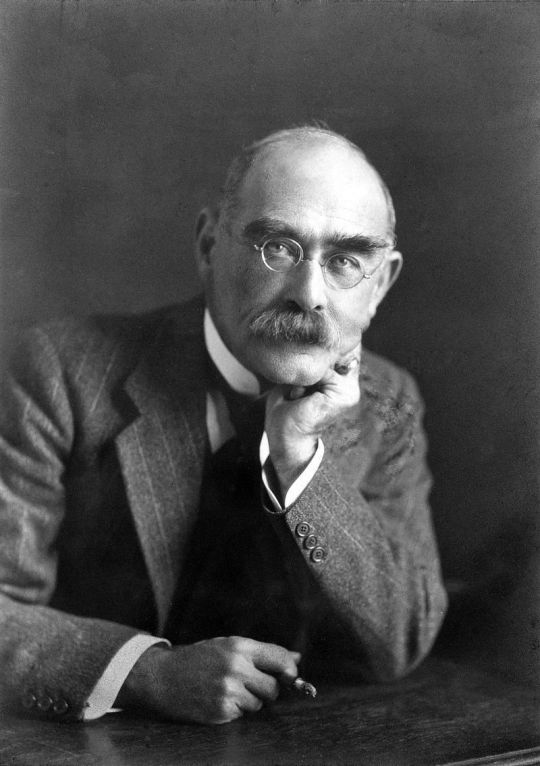
Arguably the single most influential figure in terms of how the fallen of the Great War were memorialised was Rudyard Kipling, whose own son, John, a second lieutenant in the Irish Guards, was reported (missing presumed) killed at Loos, aged 18. (His grave was not identified until 1992).
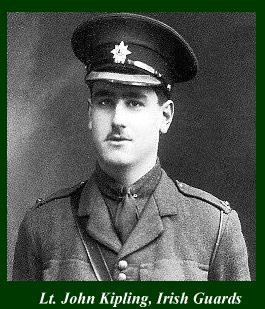
Rudyard Kipling, an internationally renowned novelist, poet, short story writer and journalist, was subsequently invited by the British government to help establish the Imperial War Graves Commission.
He applied the phrase ‘Known unto God’ for the graves in which the occupant was unidentified, and recommended that headstones be uniform and should have regimental identification wherever possible.
"...What knowledge I have of the feeling among officers and men, dead and alive, convinces me that their chief desire would be for distinctive regimental headstones which could be identified in every quarter of the world where a soldier of their regiment may be buried..."
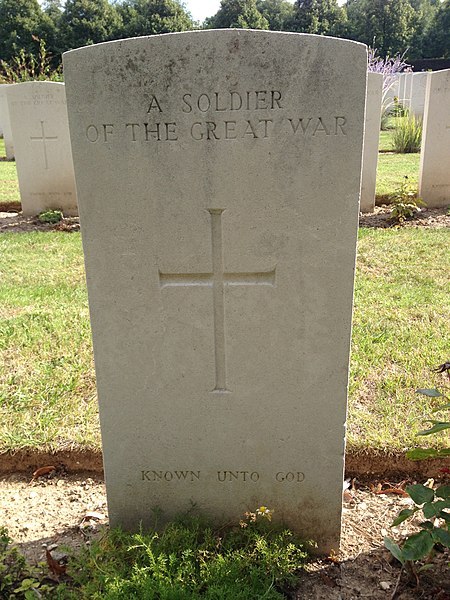
Perhaps his most significant contribution was establishing the policy that names on communal memorials be listed strictly in alphabetical order, regardless of rank, aristocratic background or class.
Upon his death in 1936, the War Graves Commission noted that Rudyard Kipling had either written, selected or approved every inscription on IWGC graves and memorials throughout the world, and had, on his own initiative, personally inspected memorial sites in Belgium, France, Egypt and Palestine.
Background from Melvyn Bragg's In Our Time (BBC Radio 4), the website of the Kipling Society, and BBC News (2016): Solving the Mystery of Rudyard Kipling's Son
#social history#working class history#rudyard kipling#the great war#world war one#first world war#british military#war memorial#military history#society#armistice day#remembrance day#lest we forget#history
57 notes
·
View notes
Text

East German border guard Konrad Schumann leaping over barbed wire to defect to West Germany during construction of the Berlin Wall.
Photographer: Peter Leibing. 15 August 1961.
14 notes
·
View notes
Text
three shots in trying to figure out what bradley was planning on doing with his poli sci degree if getting in the navy didn’t pan out
#(as someone who also has a poli sci degree)#he does nawt have the personality of a politician AT ALL#usually w psci majors its either public service or a predecessor for law school#which i can see more but like. bradley would have gotten one semester in and realized he fucking hates it i feel like 😭#mr ‘i have to raise my voice when i argue so they dont notice it shaking’. hes kinda just like me#ik OCS requires at least a bachelors degree but poli sci is so random to make yourself look like a better candidate LMFAOOOO#i really think he was planning on law school as a back up for the navy and probably had a minor in like history or something#he would be the type to take military history and international relations classes.#in my head hes a psci major w a history minor that takes social work classes on the side#which is partially my own self projection but also i think he would make a good social worker with the way he grew up#anyways. sorry for the rambling in the tags (not really)#Hi if you made it all the way down here#i love bradley so much. can you tell.#carolcore
27 notes
·
View notes
Text


Anti-War/Anti-Capitalism Propaganda Pamphlet, 1950.
#korean#korean war#military#capitalist bullshit#communism#communist#aristocracy#class struggle#socialism#socialist#social injustice#old money#economy#vintage#vintage style#1950s aesthetic#1950s history#1950s style#1950s vintage#1950s#1950s ad
40 notes
·
View notes
Text
does anyone have advice for greek text(s) i could work on translating a bit at a time? i am explicitly not looking for longer texts (plays or longe prose), but like... i dunno, a set of epigrams... something where i can do like 1-5 lines a day just to keep my hand. in.
preference for classical (not koine) greek, slight preference for 'easier' greek but i am open to anything
#i need to do the same for hebrew but that shit comes pre chopped (bible verses) and easier to chew. and obviously latin is easy.#i REALLY need to work on greek vocab but i think that'll be impossible without some actual greek reading at the same time.#tagammemnon#i guess.#maybe i should just. read more herodotus#i find military history really boring but the social stuff is fun
6 notes
·
View notes
Text

#social justice#current events#human rights#history#history posting#history tumblr#history side of tumblr#history lesson#history lover#ussr#soviet union#russia#wwii#ww2#ww2 history#world war ii#world war 2#world war two#important#important to know#russian history#soviet history#world history#political#political posting#politics#world politics#military history#history trivia#history facts
7 notes
·
View notes
Text
The side of the NCR we see in New Vegas so intricately shows every side of the military industrial complex through minor and major ways/characters especially through the lens of active war and combat but none of you are ready to get into that conversation.
#I feel as if#we do not discuss the fact that the NCR is not just military#and that not every solider is just a mindless drone#and yet we critique it but only through the lens that they are taking advantage of the Mojave and not their own people as well caus uhhh#talking to some named NCR NPCs really shows oh you could of been something if you weren’t propagandasized and then made to not question ait#authority similar to the legion but having a conscious won’t get you killed#like hot take but for a game about repeating history and everyone doing the same thing to each other but insisting it’s only the other side#yall love encouraging takes that would repeat history and only taking one side#it’s a mix of character favorites and lack of reference but still#like the military is more than just fighting there is a major social aspect that goes into being in an army#and we have so many character from different backgrounds and ages that make it clear#a lot of them don’t really get what their fighting for anymore and never did and that personal reason can be generalized#I digress o need to find a time to make this post cause I’m getting restless about it#fallout#fallout new vegas#new california republic#I still don’t like them but I can’t call them villainous
19 notes
·
View notes
Text

"Flights from the Cruiser" by Soviet artist G.K.Sevostyanov. 1984
Soviet art from book "Страницы Героической Истории" Published by Soviet artist
#history#socialism#communism#leftism#marxism#marxism leninism#ussr#soviet union#ussr history#art#artwork#painting#military#red army
24 notes
·
View notes
Text
Talking to [leftist/socialist/progressive/whatever] white people as a brown girl is always an experience
#🐈⬛⚜️#A couple weeks back I was stopped by these uni students who were promoting a convention and advocating for Palestine#I was really sad and tired then so I was like sure. let's chat#I signed a petition and began talking to these 2 girls#One was a white girl. the other wasn't. could not pinpoint her background though#Anyways. we talked about the state of the world and Palestine and how the US and by extension the Western World has failed them#(which is a topic of its own because the Western World did not 'fail Palestine' they literally wanted this annihilation to happen#and have been an active participant in it)#And I pointed how ultra rich Arab countries have completely turned a blind eye to it but poorer countries such as Yemen. Lebanon have#been doing so much. despite their own vulnerable position#And this girl said but they're still not doing enough. they could lend military help#I was just disappointed because it doesn't take more than 15 seconds to realise why a regional war is not the solution#By virtue of wanting justice. I would want the IOF to be blown up too but that's not the solution#simply because the casualties will be the civilians of all of these countries and we cannot put millions of people at risk#And she kept telling me about how they're a socialist group. and she was also kind of taken aback by how much thoughts I had about this?#They're having a convention on Socialism and co (social issues. Marxism and all that jazz) next month and that I should consider cominv#Then she hit me with 'The entry is only $90' and there's a student bundle where you can get a book and a tote bag#Honestly funny as shit#And she kept insisting I should buy the book. it was 'Introduction to Marxism' I believe#I did not know how to tell her that I did not want to read that. and even if I did I would just pirate the Communist Manifesto#Anyways. interesting experience and it did make me focus back on how different Brown Leftists and white leftists are#I like to give them grace because it's hard to know context and history and social rules about somewhere you haven't lived or grown up#But I do believe if you're advocating for another group of people. you need to learn and understand first and foremost#I actually don't know what to make of that whole interaction tbh
6 notes
·
View notes
Text

Breaking News: Another horrible man is horrible to literally everybody and is then shocked when people are not nice to him. England once again totally fucked. But I hear the monarchy is good for tourism, so
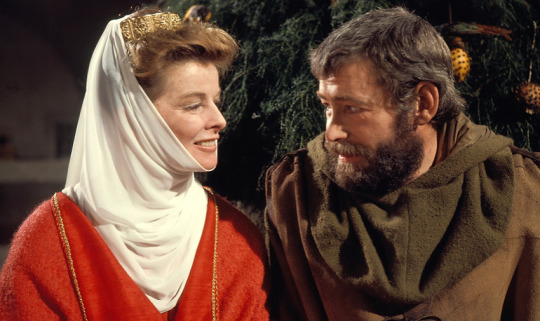
"Doomed by the narrative? Too easy! No... it is the narrative that is doomed by US! (And also, we are so so horny for each other.)"
So it turns out The Lion in Winter (1968) slaps. Katherine Hepburn somehow manages to capture the feeling of watching someone tear out a person's jugular with smiling teeth. She and Peter O'Toole in this movie are basically performing the cinematic equivalent of the song "No Children" by The Mountain Goats and it is wild.
Tagging @thirdsisfics because I associate the term "doomed by the narrative" with the positive feelings I get from talking to you about the trope!
#it is unclear to me at what point in history people think the English monarchy stopped solely churning out deeply broken entitled people#brits have SUCH a weird reverence for their monarchy but if you're existing outside of that propaganda they all look insane for it#must be like Americans and our military. where it only looks good from the inside and once you figure out how bad it is you're like#oh no. almost everyone I know believes it is socially unacceptable to criticize this institution. oh my god WE are the evil horde.#Peter O'Toole#Katherine Hepburn#Anthony Hopkins#the lion in winter#The Lion in Winter 1968#old hollywood#alt-text#image description#see Jack talk#King Henry II#King Richard I#King John#Magna Carta#that feeling when your favorite son goes on to permanently limit the powers of the monarchy by doing such a bad job#I think what works best about this movie is even though it's all kings and queens and monarchy and history they all feel horrifyingly human#Henry is not that different from every other patriarch who has worked to ruin everyone in his life only to grow old and find he is#surrounded by people and so so alone#americans and brits are like 'yes our country definitely did horrible things in the past. even in very recent past. but that's changed now'#'not sure exactly when or what the turning point was but it DEFINITELY happened for SURE.'#the movie starts with Henry saying he intentionally raised his sons to be like this and then the rest of the movie is him like wait what#i didn't think leopards would eat MY face. says man who spent his life raising face-eating leopards.#and yet they're all still so deeply deeply sad and sympathetic. which is some good fucking acting.#shitposting#king lear#I recognize that my tags are me bouncing back and forth between movie commentary and slagging off the American Military#and i am not sorry. thank you for coming the speech I am giving on the sidewalk in front of a ted talk
33 notes
·
View notes